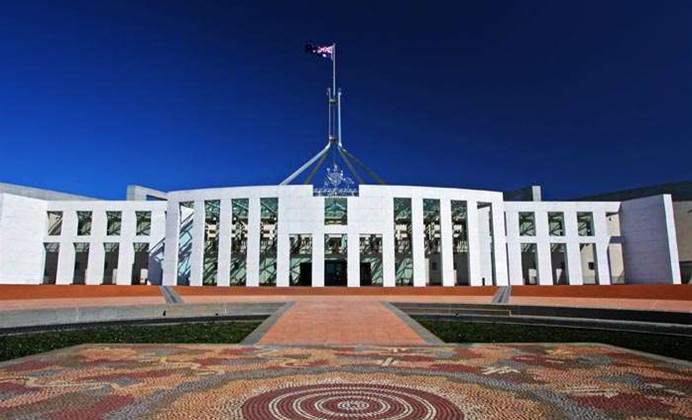Aussie Government Departments Provided a Six-Month Timeline to Disclose AI Utilization Methods
We independently review everything we recommend. When you buy through our links, we may earn a commission which is paid directly to our Australia-based writers, editors, and support staff. Thank you for your support!

Brief Overview
- Australian governmental entities have a period of six months to reveal their AI utilization methods.
- A new directive requires openness and responsible usage of AI within the Australian Public Service (APS).
- Each agency must designate a responsible technology executive.
- Public confidence is a key element in the adoption of AI across governmental services.
- Agencies are obligated to conduct annual reviews of their AI usage declarations.
New Directive for AI Utilization in the Australian Public Service
The Australian government has put forth an innovative policy that demands clarity regarding AI utilization in federal agencies, with the exception of Defence and intelligence branches. All pertinent agencies have until the end of February next year to release detailed declarations on their AI integration and operational practices.
Essential Requirements for AI Governance
This directive, which was initiated on September 1, delineates two essential requirements: the appointment of a responsible technology executive for the enforcement of the policy and the creation of a transparency declaration. This document must be openly available and include measures for compliance, evaluation of effectiveness, and plans to address AI’s adverse effects.
Enhancing Public Trust in Government AI Implementations
Trust remains fundamental for achieving successful AI integration. The policy responds to public apprehensions regarding data handling, clarity, and accountability. By promoting transparency of AI practices within agencies, the government seeks to strengthen public faith in AI technologies.
Supporting Existing Legal Frameworks
Created to bolster existing laws and regulations, the policy ensures that agencies comply with all pertinent legal and procedural requirements. It represents a strategic initiative aimed at fostering safe AI adoption, thereby enhancing the trustworthiness of governmental operations.
Official Communications and Responsibilities
The Minister for Finance and the APS, Katy Gallagher, underscores that the policy provides crucial guidance for the responsible application of AI. The government’s goal is to reassure the public regarding the thoughtful and effective use of AI in public services.
Conclusion
The Australian government’s recent AI directive marks an important advancement toward guaranteeing transparency and responsibility in AI utilization among federal agencies. By enforcing public disclosure and appointing accountable executives, the policy aspires to foster public trust while complementing existing legal structures. This endeavor illustrates a dedication to ethical AI integration within public services.
